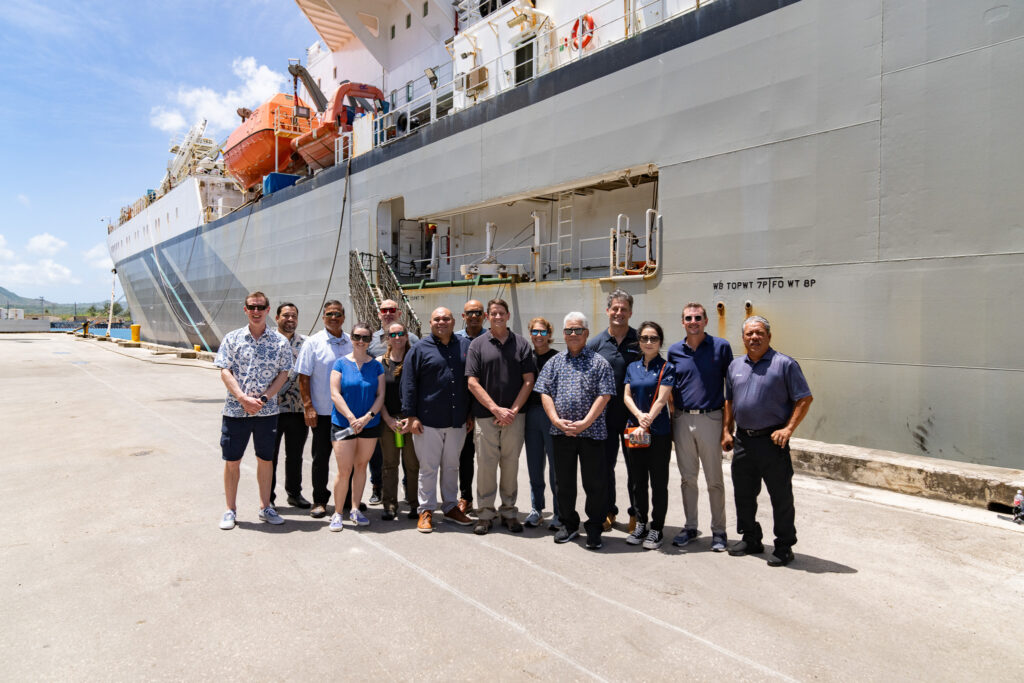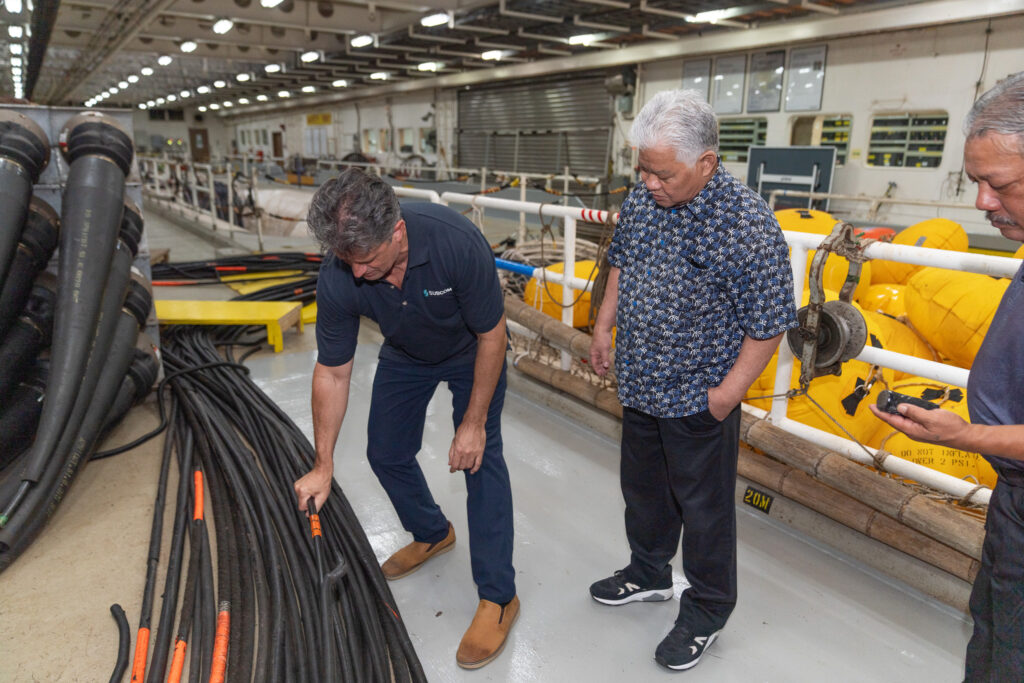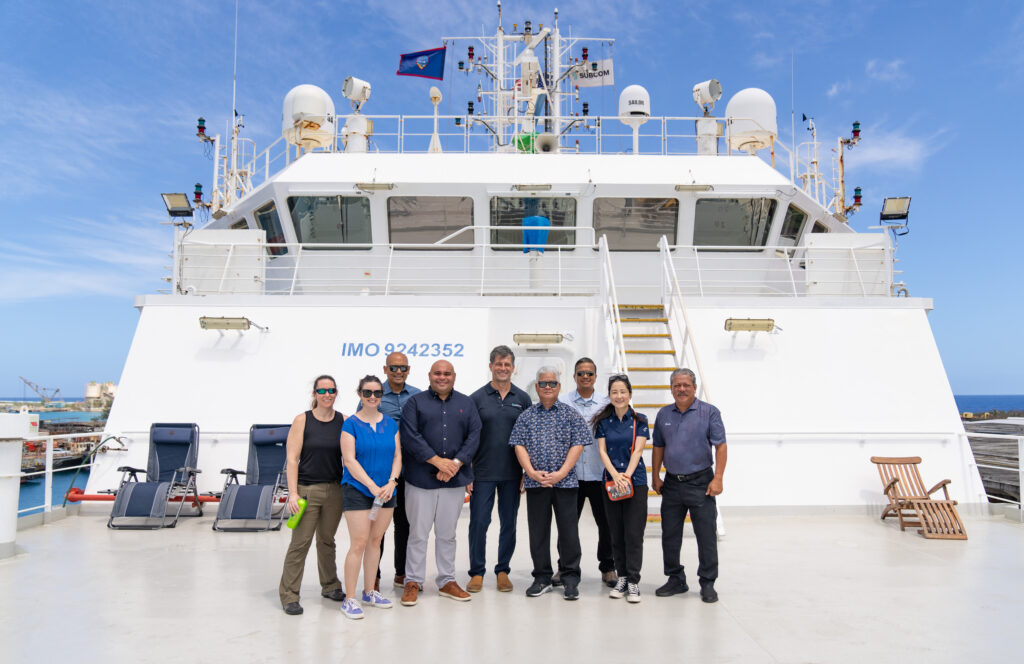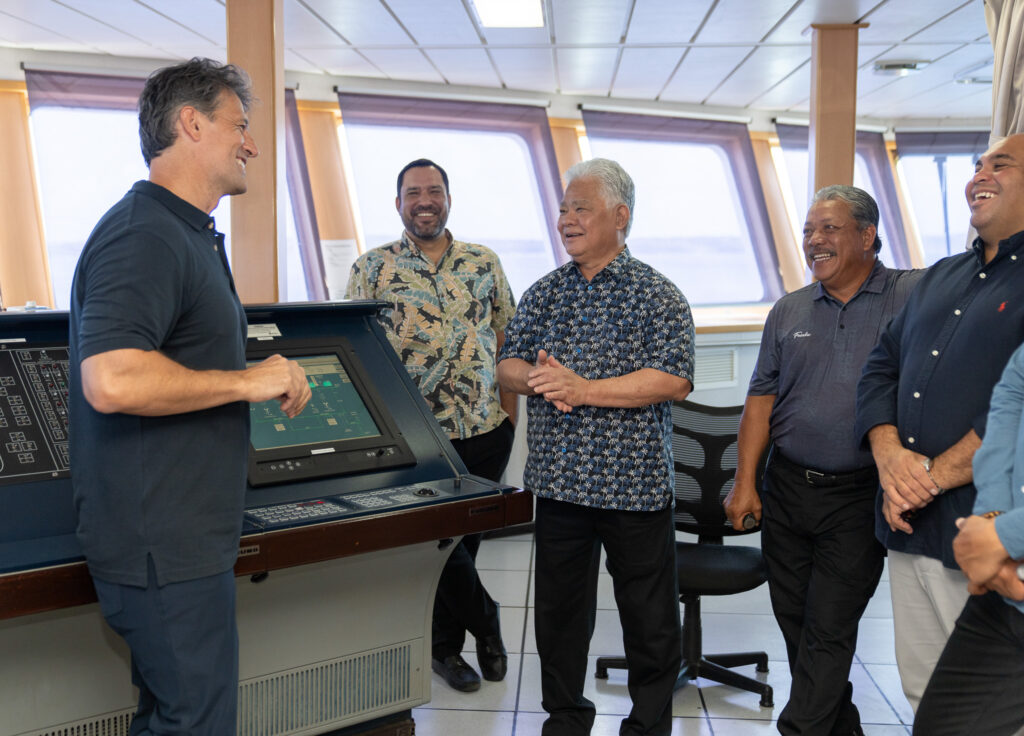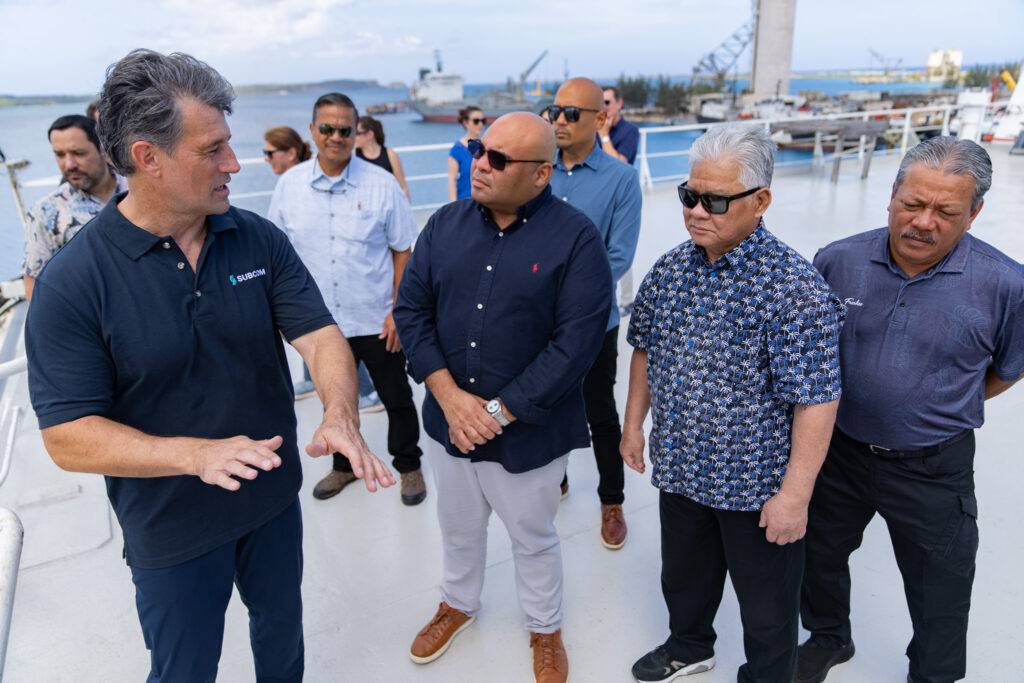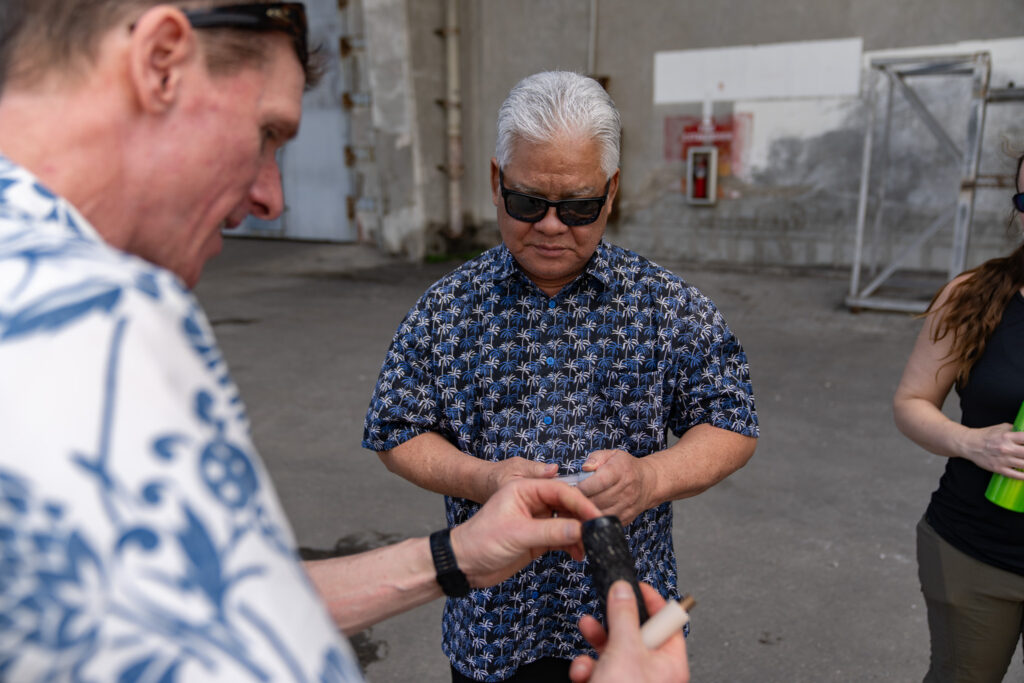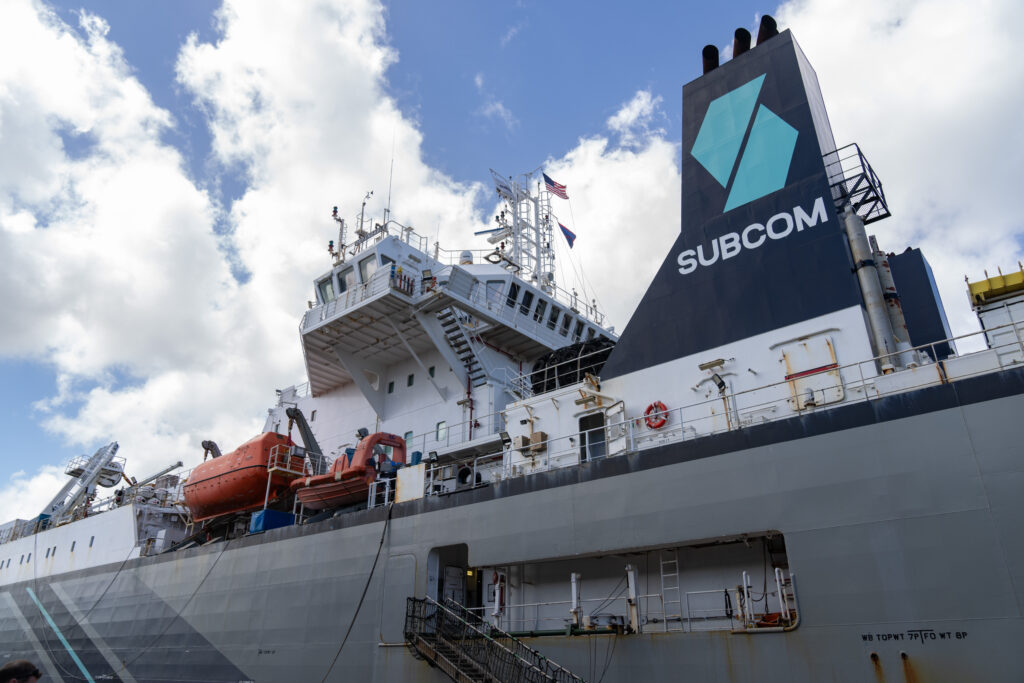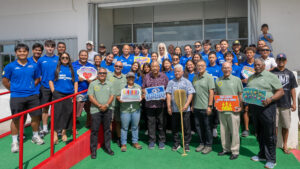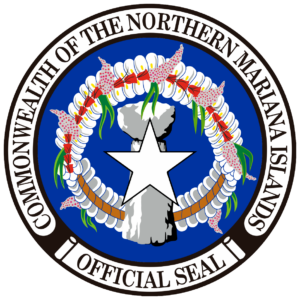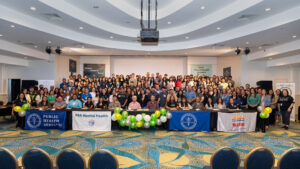On Sunday, CNMI Governor Arnold Palacios joined Guam Lt. Governor Josh Tenorio, Yan Tang, Google Network Infrastructure Regional Network Lead, onboard SubCom’s CS Dependable vessel that is involved in the laying of subsea fiber cables through the Marianas.
They were joined by Rear Admiral Gregory Huffman, Tinian Mayor Edwin Aldan, Senator Jude Hofschneider, Citadel CEO Jim Beighley, Special Assistant for Broadband Policy Development Glen Hunter and other leaders on board SubCom’s CS Dependable vessel that is involved in the laying of subsea fiber cables through the Marianas.
Last week, Governor Palacios had announced a landmark partnership with global technology leader Google that will land the first-ever transpacific Fiber Optic Cable on CNMI shores, which the governor named ‘Proa’ in honor of the traditional sailing vessel symbolic of the local culture and heritage.
According to Google, the Proa subsea cable from Tokyo-based firm NEC will connect Japan, the CNMI, and Guam. To further increase reliability in the region, the NEC cable system Taiwan-Philippines-United States (known as TPU) will be extended to the CNMI. As the CNMI’s first international subsea cables, Proa and TPU will together establish a new route between the continental U.S. and Shima, Japan.
“Securing a direct subsea cable connection to Japan, and later, to other parts of the Pacific Rim, is critical as it provides a vital link in the global communication network,” said Governor Palacios.
“Google’s cable landing in the CNMI will help unlock a range of long-term economic and communication benefits,” Palacios added. “CNMI businesses and households can also access even more reliable and high-speed internet, enabling multiple options for seamless data exchange and participation in the global digital marketplace. This improved connectivity can attract new industries and investment, creating local jobs and helping to jumpstart the overall economy.”
According to a news release from Google, subsea cables can bring economic and productivity gains to the places where they land. For example, in Japan, studies estimate Google network infrastructure investments drove an additional $400+ million in GDP in the previous decade. With increased access to digital services, more people can take advantage of skill development and career opportunities, while businesses and public sector organizations can better serve their customers and constituents.
Currently, the CNMI heavily relies on Guam as its sole gateway to the internet. According to the CNMI Broadband Policy and Development (BPD) office, the current dependency of having cables pass through Guam only poses major risks.
“Any disruptions or incidents on Guam, be it natural, technical, or geopolitical, could sever the CNMI’s essential lifeline, leaving the islands and its inhabitants disconnected from the rest of the world,” CNMI BPD’s Glen Hunter said. “The CNMI cannot afford to be solely dependent on a single point, especially in times of natural disasters or other emergencies.”
“We are deeply honored to have the privilege of naming the cable ‘Proa’ and participating in the unveiling of this transformative network set to revolutionize connectivity in the CNMI,” said Governor Palacios. “The name ‘Proa’, drawing inspiration from our traditional sailing canoes, captures the essence of connectivity and cultural heritage. It signifies the collaborative journey this project embodies, reflecting resilience and progress as we collectively move towards a future brimming with opportunities and prosperity for our islands.”
“Our heartfelt thanks go out to Google for their steadfast dedication to including the CNMI in the Pacific Connect Initiative, perfectly aligning with our vision for a more connected, resilient, and technologically advanced Pacific region.” Palacios said.

